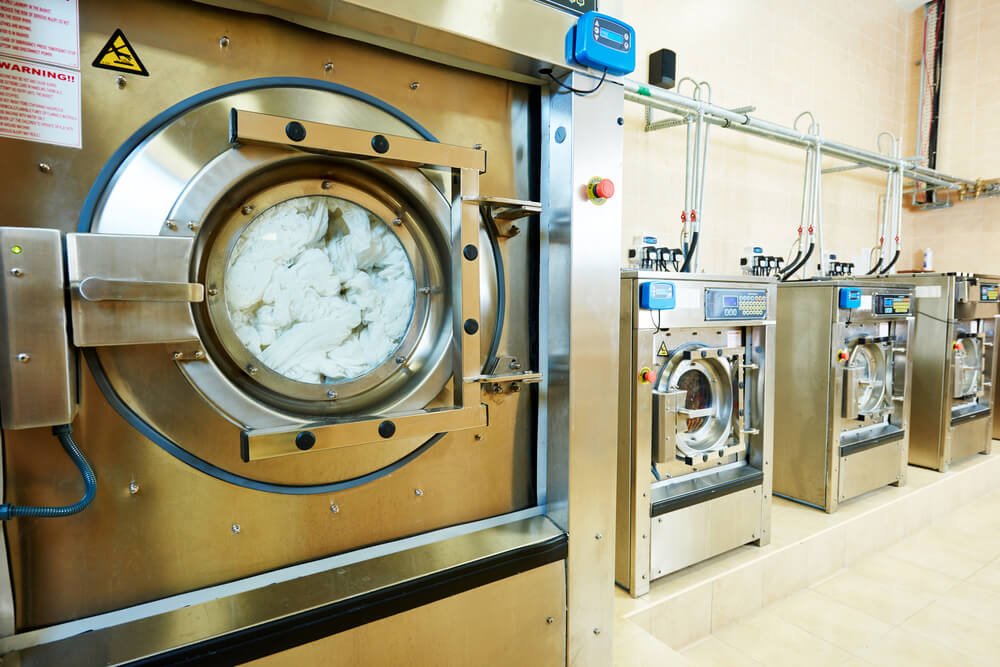The 7 big challenges faced by industrial laundries today
Industrial laundries are responsible for cleaning and sanitizing the textiles and uniforms of a variety of businesses, including hospitals, hotels, and manufacturing facilities. While this may seem like a straightforward process, there are numerous challenges that industrial laundries face on a daily basis. In this blog post, we will explore the top 7 challenges faced by industrial laundries today.
1: Rising Costs
One of the biggest challenges facing industrial laundries at the moment is the rising cost of labour, energy, and supplies. This can make it difficult for laundries to remain profitable while maintaining high standards of cleanliness and hygiene.
2: Water and Energy Consumption
Abundant availability of fresh water and of (cheap) fossil fuels is no longer a given. Industrial laundries require significant amounts of both to operate. Finding ways to reduce water and energy consumption is a top priority for laundry companies.
3: Environmental Regulations
Industrial laundries are more and more subject to a variety of environmental regulations related to fresh water consumption and wastewater management. Compliance with these regulations can be time-consuming and costly, but is necessary to avoid fines and maintain a business's reputation.
4: Labour Shortages
Finding skilled labour is a challenge for many industrial laundries, particularly in areas with low unemployment rates. This can lead to higher labour costs and difficulty maintaining consistent levels of service.
5: Equipment Maintenance
Industrial laundry equipment is subject to a significant amount of wear and tear, and requires regular maintenance to remain operational. Failure to properly maintain equipment can lead to downtime and lost revenue. Lack of technical personnel compounds the challenge.
6: Textile Quality
Minimizing wear and tear on textiles and uniforms during washing is essential to the success of an industrial laundry. This requires careful handling and laundering to prevent damage and ensure a consistent level of cleanliness.
7: Technology Integration
Incorporating new technology into an industrial laundry can be a challenge, particularly for businesses that have relied on manual processes for many years. Effective integration of technology can improve efficiency and reduce costs, but requires significant planning, investment and training of operators and technical personnel.
In conclusion, industrial laundries face a variety of challenges related to rising costs, environmental regulations, labour shortages, equipment maintenance, and more. Addressing these challenges requires a proactive approach that prioritizes efficiency, employee training, and environmental sustainability. By implementing best practices and investing in new technology and equipment, industrial laundries can overcome these challenges and thrive in today's competitive market.
If you would like to identify the areas in your washing process where energy is wasted, request a water and energy audit to quickly understand the savings potential.

